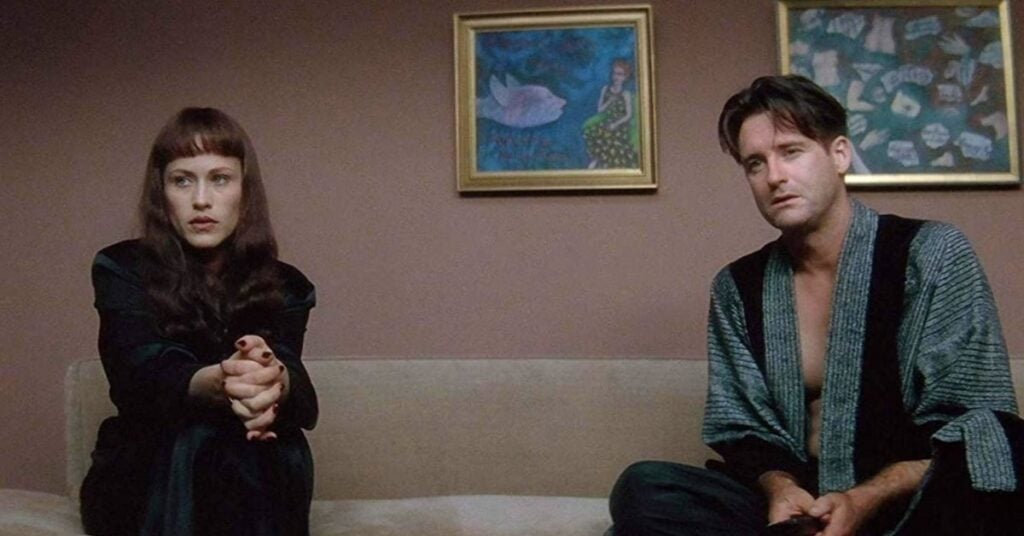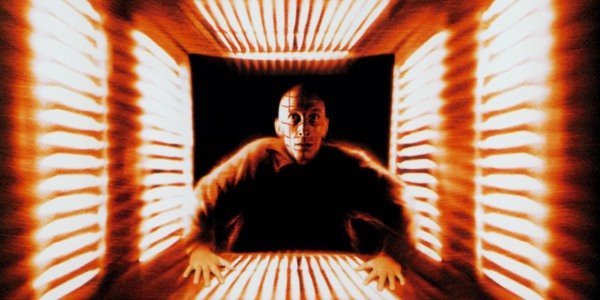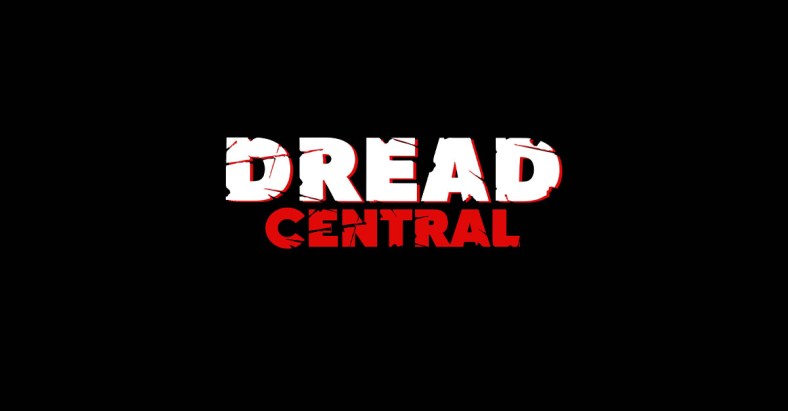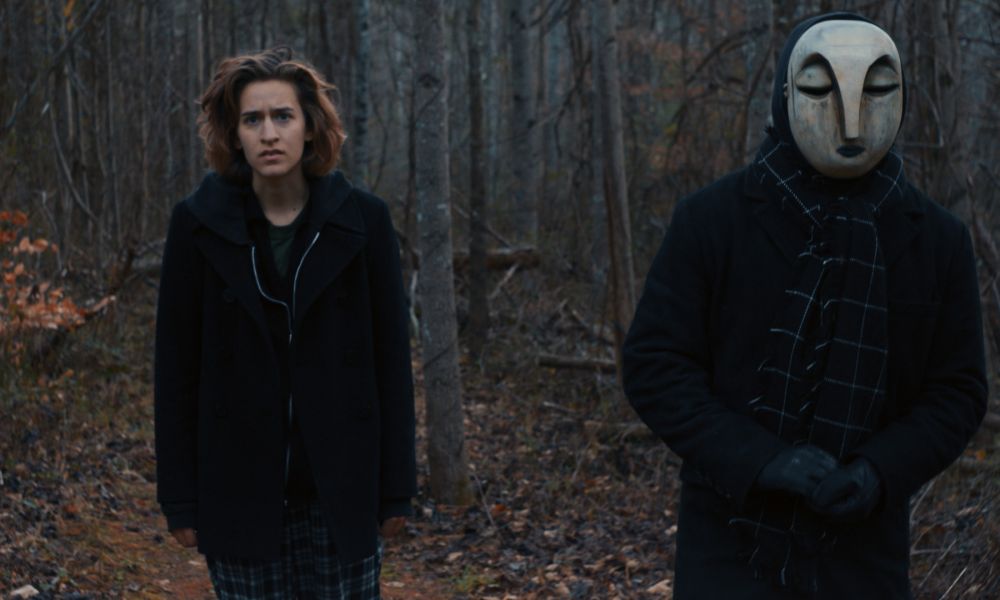Liminal Horror: 10 Movies Lost In Space and Time

A liminal space defies an exact definition. Sure, liminal has a dictionary definition, but that doesn’t capture the terror of a liminal space. In fact, it’s hard to describe what it is exactly in words but I can describe how they feel. They’re strange and uncanny, places that feel both familiar and foreign. It feels vaguely dangerous but you aren’t sure why. There’s no visible threat, but every piece of furniture feels menacing. The hair on your arms stands up and you’re constantly on your guard. It taps into a primal part of your brain, triggering that fight or flight response.
Take “The Backrooms,” for example, caught with terrifying accuracy in this short film. While “The Backrooms” is mostly a Creepypasta about a series of endless rooms that all look the same, it’s the perfect representation of a liminal space.
After being terrified by “The Backrooms,” and watching it 10 times, we compiled a list of 10 films that capture the uncanniness of a liminal space.
Lost Highway

David Lynch is the king of the uncanny, which explains why he’s so good at creating liminal spaces. One of the greatest examples is his 1997 film Lost Highway. The title alone hints at a never-ending road lost to time and space. But what Lynch does so beautifully is portray the city of Los Angeles as a place of liminality, of transition, of deeply uncanny experiences that feel like a dream.
The Shining

The Overlook Motel seethes with sinister energy, a place where the dead move back and forth from our world to theirs. But even more threatening than the ghosts are the long empty hallways and massive kitchen that dwarf both Danny Torrance and his parents. Hotels, in general, are liminal spaces, brief stopovers for tourists and businessmen; no one is meant to stay there for long. So an empty hotel is even more terrifying, a space meant to be filled with people but left bare for the season.
It Follows

Between the synth soundtrack and the iconic clamshell-shaped e-reader, It Follows lives in its own world. We don’t know what year it is; we just know this group of disenchanted teens live in a decaying Detroit suburb. This place feels dream-like yet cursed, an empty place where kids kick leaves and rocks, looking for something to do. The ultimate liminal space, though, is the pool where they have their showdown with the entity.
Silent Hill

This wouldn’t be a list about liminal spaces in horror without mentioning the 2006 video game adaption, Silent Hill. The titular town itself is a space that exists between worlds, floating in a fog-filled world of abandoned buildings that quickly decay when the darkness takes hold. It’s constantly transforming and shifting into different versions of hell, full of monsters and religious zealots. This film changed how I look at fog. Now I scan the horizon, waiting for Pyramid Head to emerge at any moment.
Cube

So out of all the films on this list, Cube does pose the most actual danger (Silent Hill is a very close second). But regardless, each empty cube appears to be safe at first. There’s no indicator which ones are rigged with traps. Until it’s too late. Or you throw a shot inside to test the waters. But the industrial design of these rooms and their apparent uniformity is downright chilling.
Donnie Darko

Similar to It Follows, Donnie Darko takes place in a suburb full of miserable teens who are floating through their own strange world that, despite sunny weather, feels menacing. And no, it’s not just because of that damn rabbit.
The Blair Witch Project

The woods of Burkittsville, Maryland are a deeply unnerving space, at least in The Blair Witch Project. They’re seemingly never-ending and while no monster makes itself fully known, something is out there, toying with their prey. This may be the most unconventional pick for this list, but those woods are downright eerie, especially as it looks like any other patch of woods. Nothing is technically menacing that you can see. But deep down you know something’s there.
Twin Peaks

Like I said above, David Lynch is the master of liminality. His series Twin Peaks exemplifies just that. While the show is meant to be a parody of soap operas and every character feels outrageous, the town itself is strange. Detective Dale Cooper eventually unveils the Red Room, another dimension with black and white floors, red curtains, and a small man who speaks backward. That room is haunting in its simplicity, feeling like a threat with nothing technically threatening inside of it.
Pulse

Kiyoshi Kurosawa is the master of making Tokyo look sad, grey, and downright uncanny. And his haunting 2001 film Pulse is no exception. Rooms are essentially empty except for a glowing computer screen. Strange ghosts appear from the shadows of decrepit buildings. Nothing about this version of Tokyo feels safe and the main characters can’t quite explain it. Until they discover the truth.
DimLand

Peter Collins Campbell’s 2021 film DimLand is both a physical and literal liminal space. The main character Brynn’s (Martha Brown) family cabin is in a strange, grey place near the woods. It is a real place, but the barren trees and open fields make the space uncomfortable. Adding to the liminality of the natural world, a mysterious spirit wanders out of the trees. This is a place where there’s a strong connection between reality and another dimension. On top of that, Brynn is in her own liminal mental space as she’s trying to transition into adulthood. This use of liminal spaces truly captures the ennui of Millenials as they navigate a broken world.
Categorized:Editorials News
